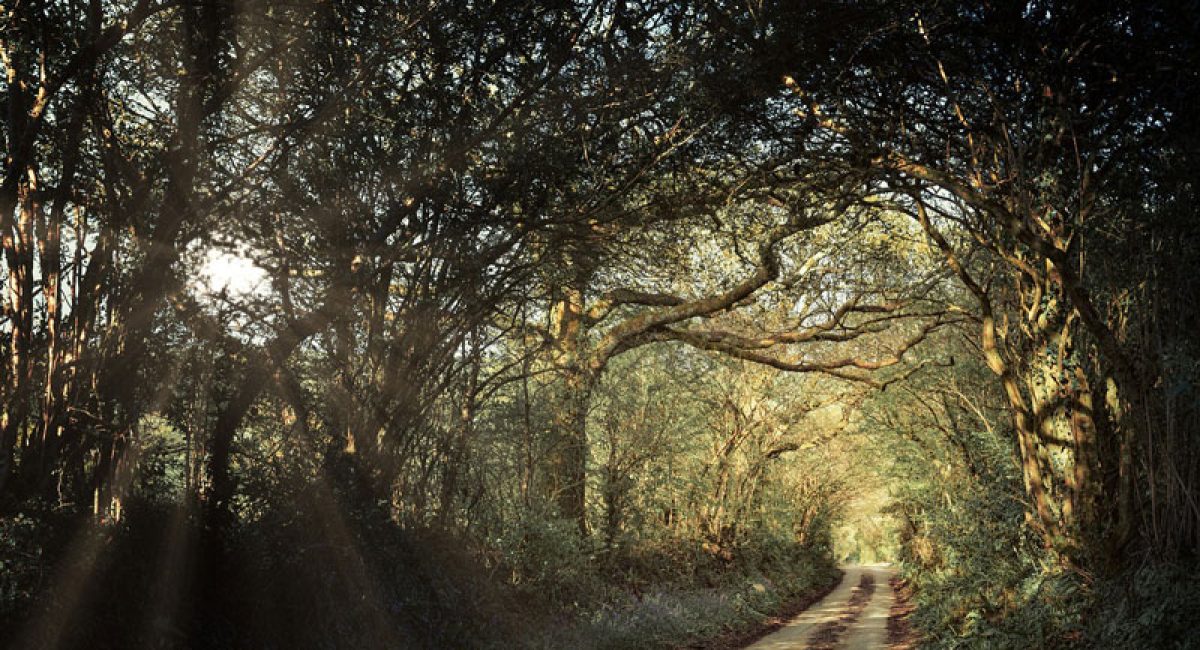FASCINATING HARVEST FESTIVAL CELEBRATIONS FROM AROUND THE WORLD
Do our Globe Aware volunteers celebrate Harvest Festivals with their families? Here are some of the most exciting and curious harvest festival celebrations from other parts of the world.
FOUR FASCINATING HARVEST FESTIVAL CELEBRATIONS FROM AROUND THE WORLD
BY SAMUEL DUTTON
HISTORY
SEPTEMBER 2023
With yellow fields turning brown and the haze of grain dust rising into the sky, the harvest season is in full swing. But while you might know the more common British traditions, there are many harvest festival celebrations from around the world that will surprise and fascinate you.
Let’s go over some of the most interesting and curious harvest festival celebrations from other parts of the world.
1. Guldize – Cornwall
Starting a bit closer to home, the Cornish traditions of Guldize (or sometimes referred to as Dicklydize or Nickly Thize) go back as far as 1602 and take place after the last sheaf of corn in a local area has been cut. The sheaf is presented to the north, south, east and west in a process known as ‘crying the neck’, so-called because the corn sometimes bends in the middle like the neck of a hen.
The corn is turned into a ‘corn dolly’, a kind of symbolic figure of the harvest that would then be paraded at the head of a procession as instruments and traditional songs were played.
One of the more quaintly antiquated traditions associated with Guldize involves one of the men attempting to sneak into the house of the main feast to steal the corn dolly. If caught, water is poured down his neck. But if he is successful, he earns a kiss from the female ‘guard’ tasked with looking after the dolly.
The traditions have died out in many parts of Cornwall, but plenty are seeking to revive these celebrations as a way of strengthening the Cornish identity. Guldize is still practiced to this very day and is a strong reminder of what holding onto your traditions can do to keep your community together.
2. Kekri – Finland
Heading over to the frosty forests of Finland and we come to the festival of Kekri. The celebrations historically began on differing dates depending on the outcome of the harvest. But with the rise of Christianity, they began to take place during Michaelmas (29th September) or All Saints’ Day (1st November) in different parts of the country.
In modern times, Kekri has largely been taken over by Christmas as the most important celebration of the year, but many of the traditions have been transferred to the December holidays. Rather than hiding a coin in a pudding or playing charades, the Finns celebrate the holidays in some very different ways.
Traditions that originate from Kekri include inviting the spirits of ancestors into the house to enjoy the feast and the sauna and telling the future by pouring molten tin into a pot of cold water. On the second day of Kekri, people visit friends and family dressed up in masks and costumes requesting hospitality and threatening to break their oven if they are not invited in.
Kekri remains a symbol of Finnish identity and culture, even though its actual celebration has waned over time. In the city of Karjaani, the burning of a straw goat effigy is reminiscent of the Wickerman traditions in Western Europe.
It has seen a healthy revival in many Finnish households in opposition to the rise of Americanised Halloween and Christmas celebrations.
3. New Yam Festival – Nigeria
Going further afield, we arrive in West Africa to marvel at the harvest traditions of the Igbo people. The celebration of the New Yam Festival starts with the harvesting of the last yam and is meant to signify the importance of the root vegetable in Igbo culture.
The most elderly or socially important man of an Igbo community is the one who performs the rituals, which involve the gifting of yams to God, their ancestors and other important spirits as a way of giving thanks. This ritual is concluded with the man eating the first yam, as it is believed to bestow importance on them.
The celebrations of the New Yam Festival take many different forms, with folk dances and masquerades in exquisitely colourful dress being a main part. This is accompanied by a large community feast, in which yams play a leading role.
The festival isn’t just celebrated by those in Nigeria, but also by Igbo people across Africa and the world. It is an incredible display of art and culture, all done in thanksgiving to one little vegetable.
4. Mid-Autumn Festival – China and East Asia
Finally, we complete our journey across the globe and end up at the vibrant harvest festivals of East Asia. The Chinese festival is called Zhōngqiū jié (though the name changes in different regions) and is celebrated on the 15th day of the 8th month of the Chinese calendar, usually falling around the second half of September in the Gregorian calendar.
The Mid-Autumn Festival encompasses many different traditions that share some key similarities. The first is the worship of the moon as a symbol of fertility. The moon is seen as a female who becomes pregnant when full and then gives birth to the stars and wanes.
Key parts of the celebrations include lanterns of various bright colours that hang or even float about the town or city, sometimes having riddles on them for people to solve. Of course, feasting is a crucial part of the festival with moon cakes and cassia wine being prominent. Many games are played, including one where a woman is chosen to ‘ascend to heaven’ and is surrounded by incense. Once she returns she describes the heavenly sights and sounds she witnessed.
In all, the celebrations of the Mid-Autumn festival show the vibrancy of East Asian culture to the fullest.


0 Comments